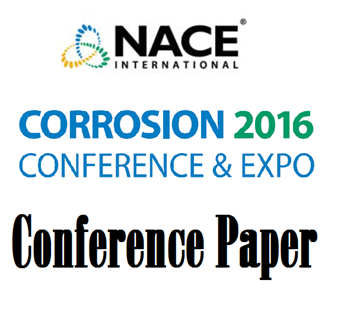Search
10213 Demystifying Mic Mechanisms
Also Purchased
98278 MIC MYTHS - DOES PITITING CAUSE MIC?
Product Number:
51300-98278-SG
ISBN:
98278 1998 CP
$20.00
07336 Monitoring Methods for MIC
Product Number:
51300-07336-SG
ISBN:
07336 2007 CP
Publication Date:
2007
$20.00
51316-7347-Quantifying the Risk of MIC
Product Number:
51316-7347-SG
ISBN:
7347 2016 CP
Publication Date:
2016
$20.00
Recently viewed




